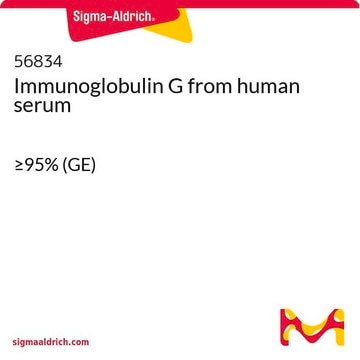E148
(±)-N-Ethyl-3,4-methylenedioxyamphetamine hydrochloride
About This Item
Recommended Products
drug control
USDEA Schedule I; stupéfiant (France); kontrollierte Droge in Deutschland; regulated under CDSA - not available from Sigma-Aldrich Canada
SMILES string
Cl.CCNC(C)Cc1ccc2OCOc2c1
replaced by
signalword
Danger
hcodes
Hazard Classifications
Acute Tox. 3 Oral - STOT SE 3
target_organs
Respiratory system
Storage Class
6.1C - Combustible acute toxic Cat.3 / toxic compounds or compounds which causing chronic effects
wgk_germany
WGK 2
flash_point_f
Not applicable
flash_point_c
Not applicable
Choose from one of the most recent versions:
Certificates of Analysis (COA)
Sorry, we don't have COAs for this product available online at this time.
If you need assistance, please contact Customer Support.
Already Own This Product?
Find documentation for the products that you have recently purchased in the Document Library.
Our team of scientists has experience in all areas of research including Life Science, Material Science, Chemical Synthesis, Chromatography, Analytical and many others.
Contact Technical Service









